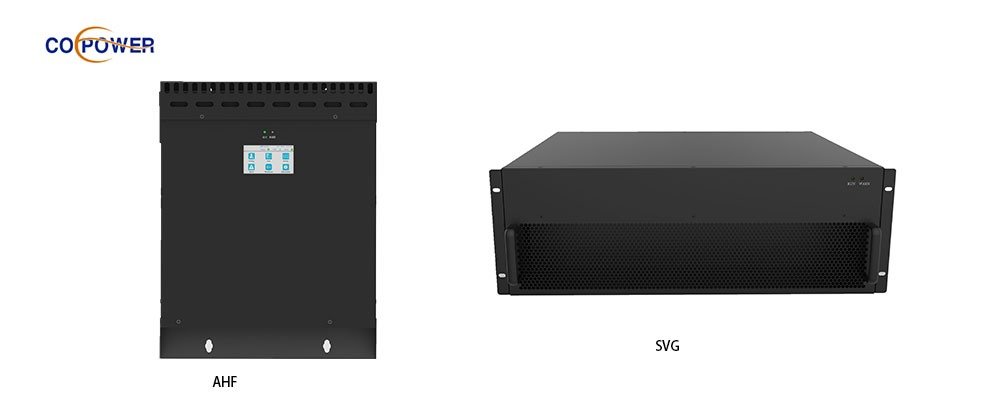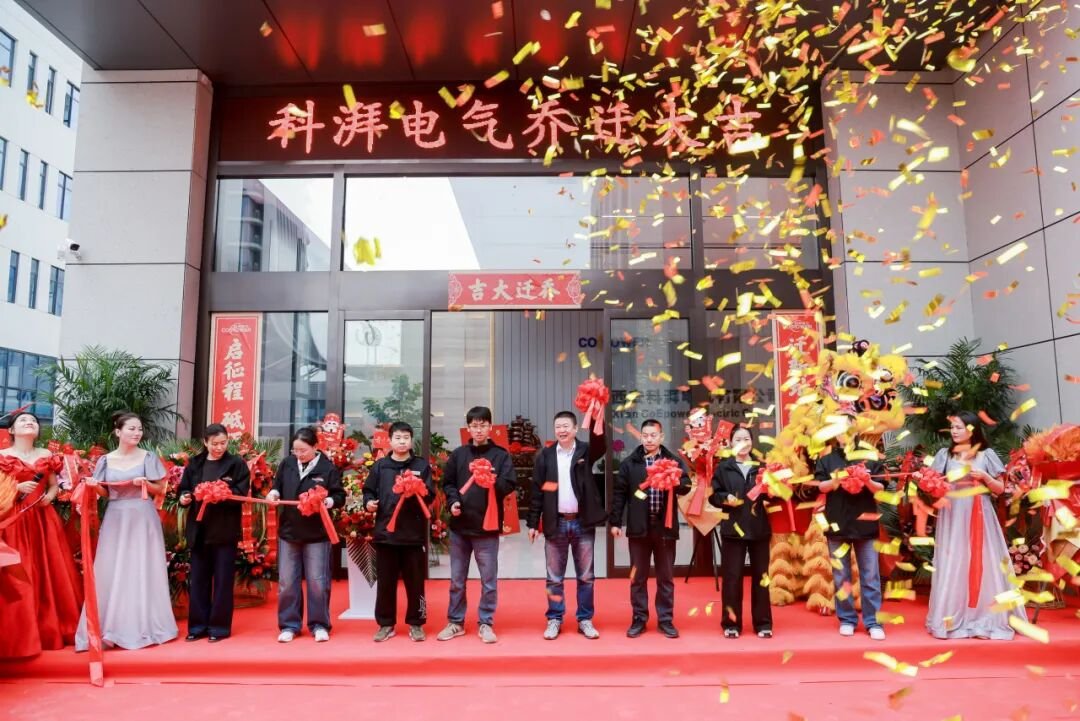Yes, but with limitations:
Harmonic Mitigation Improves Distortion Power Factor (DiPF):
By eliminating harmonic currents, AHFs reduce distortion power factor losses, improving the Total Power Factor (TPF).
Limited Reactive Power Compensation:
Some advanced AHFs can inject leading or lagging currents to correct displacement power factor (similar to capacitors or STATCOMs).
However, they are less cost-effective than capacitors for pure reactive power correction.

- Comparison with Traditional PFC Methods

- Practical Applications Where AHFs Improve Power Factor、
2.1 Industrial Plants with VFDs
Problem: Variable Frequency Drives (VFDs) generate harmonics and inductive reactive power.
Solution: AHFs reduce harmonics, improving DiPF, while capacitors correct DPF.
2.2 Data Centers with SMPS Loads
Problem: Switch-mode power supplies (SMPS) cause harmonic distortion and poor power factor.
Solution: AHFs clean harmonics, enhancing overall power factor without additional PFC units.
2.3 Renewable Energy Systems
Problem: Solar/wind inverters introduce harmonics and fluctuating reactive power.
Solution: Hybrid systems (AHF + STATCOM) provide both harmonic filtering and dynamic PFC.
2.4. Limitations of AHFs in Power Factor Correction
Higher Cost: AHFs are more expensive than capacitor banks for pure PFC.
Limited kVAR Capacity: They are optimized for harmonics, not bulk reactive power.
Not Always Needed: If harmonics are low, capacitors or STATCOMs may be more efficient.
- Conclusion
Active Harmonic Filters do improve power factor, but primarily by reducing harmonic distortion (DiPF) rather than compensating for reactive power (DPF). For full PFC, a combination of AHFs and capacitors/STATCOMs is often the best solution.
In modern power systems with high harmonic pollution, AHFs offer a dual benefit: cleaner power and better power factor. However, engineers must evaluate whether harmonics or reactive power is the dominant issue before selecting the right solution.


